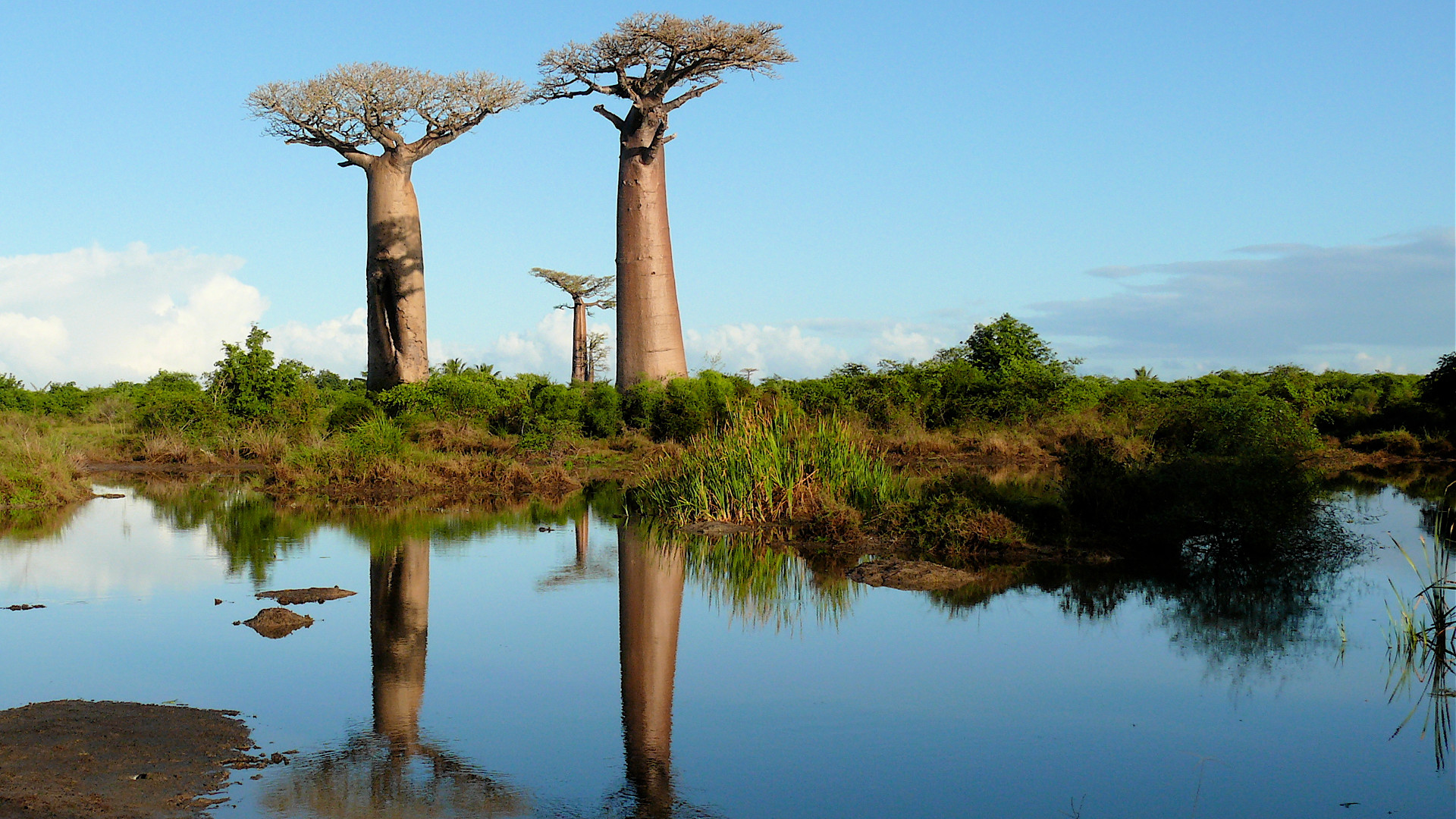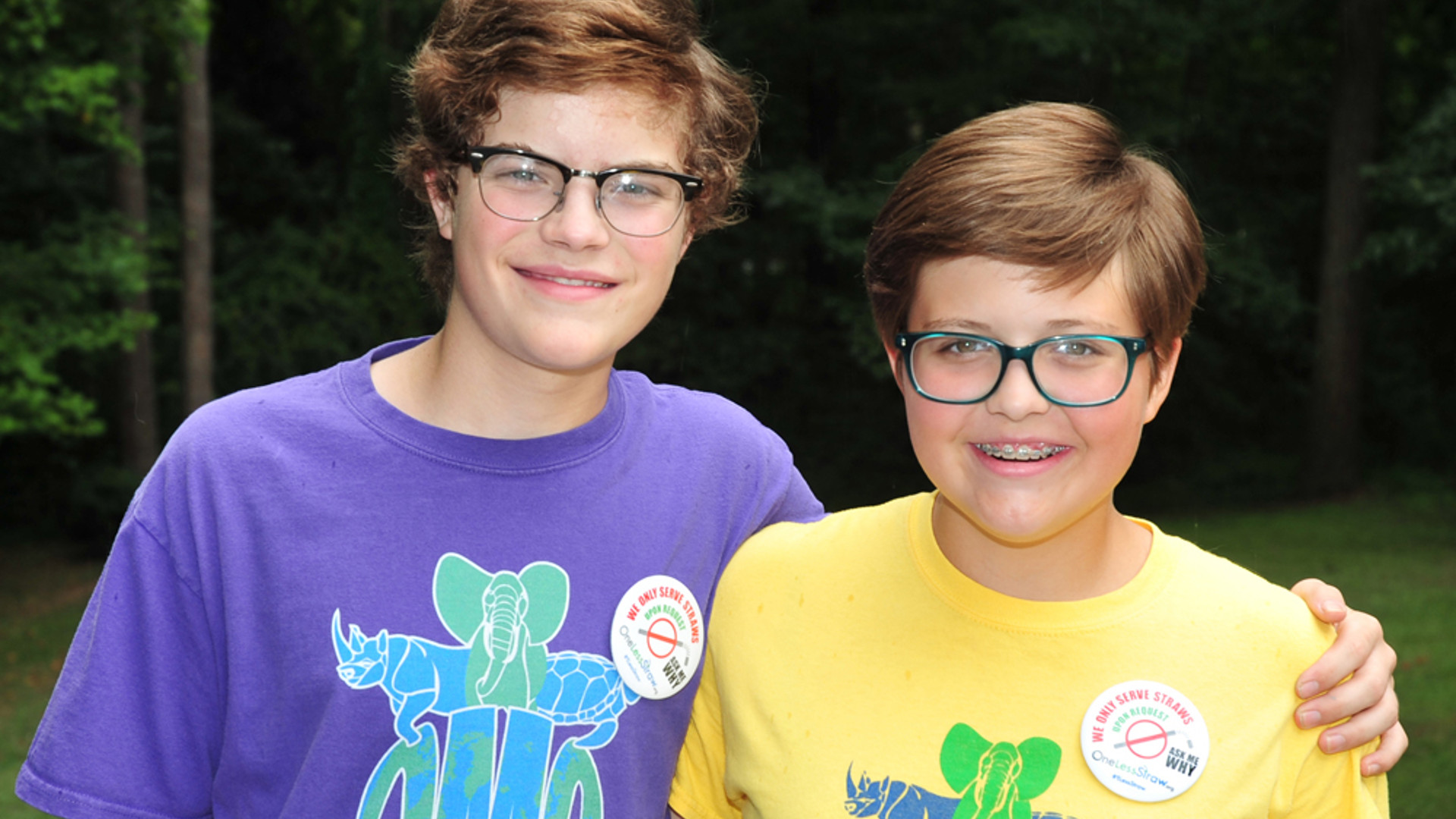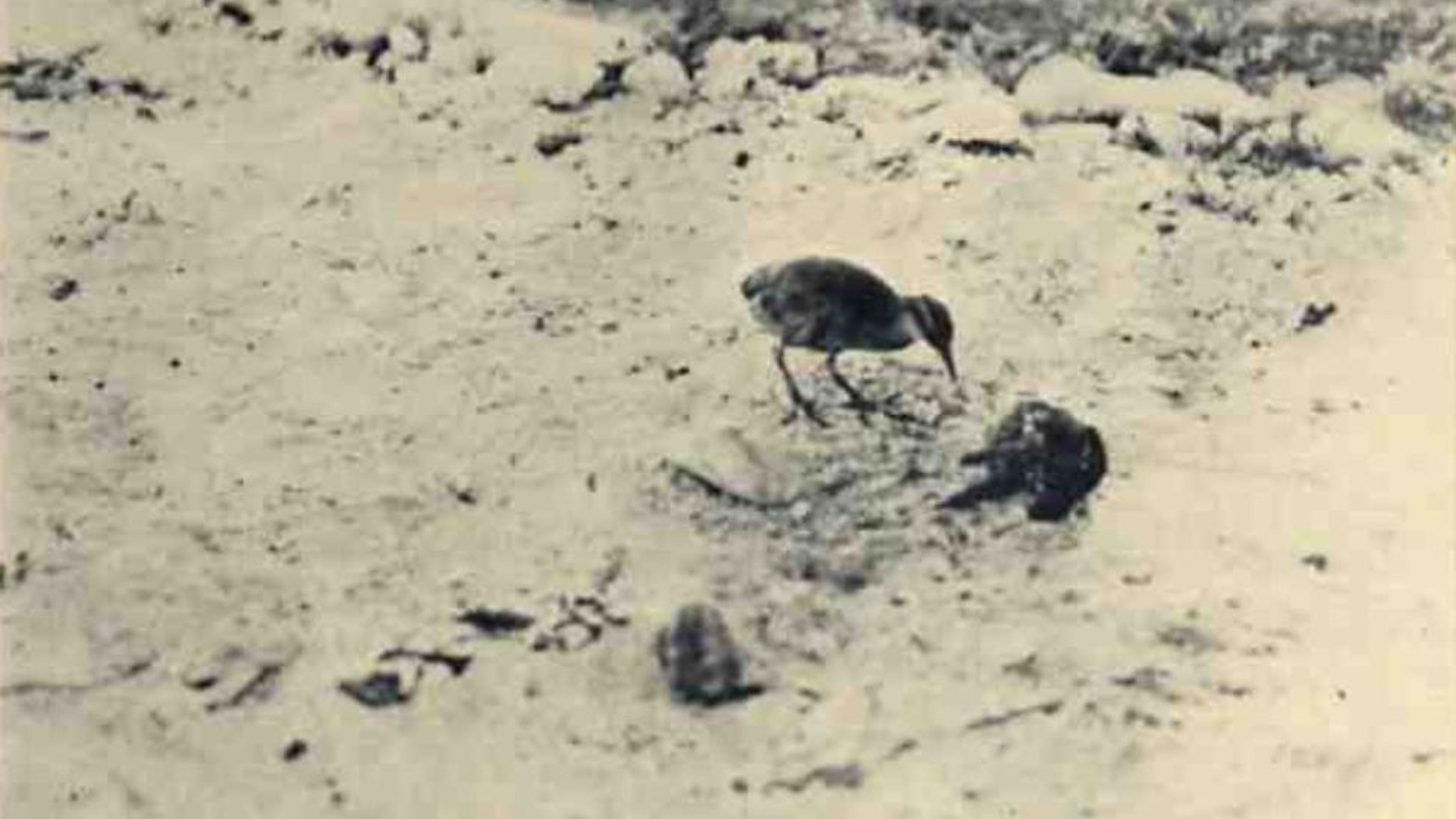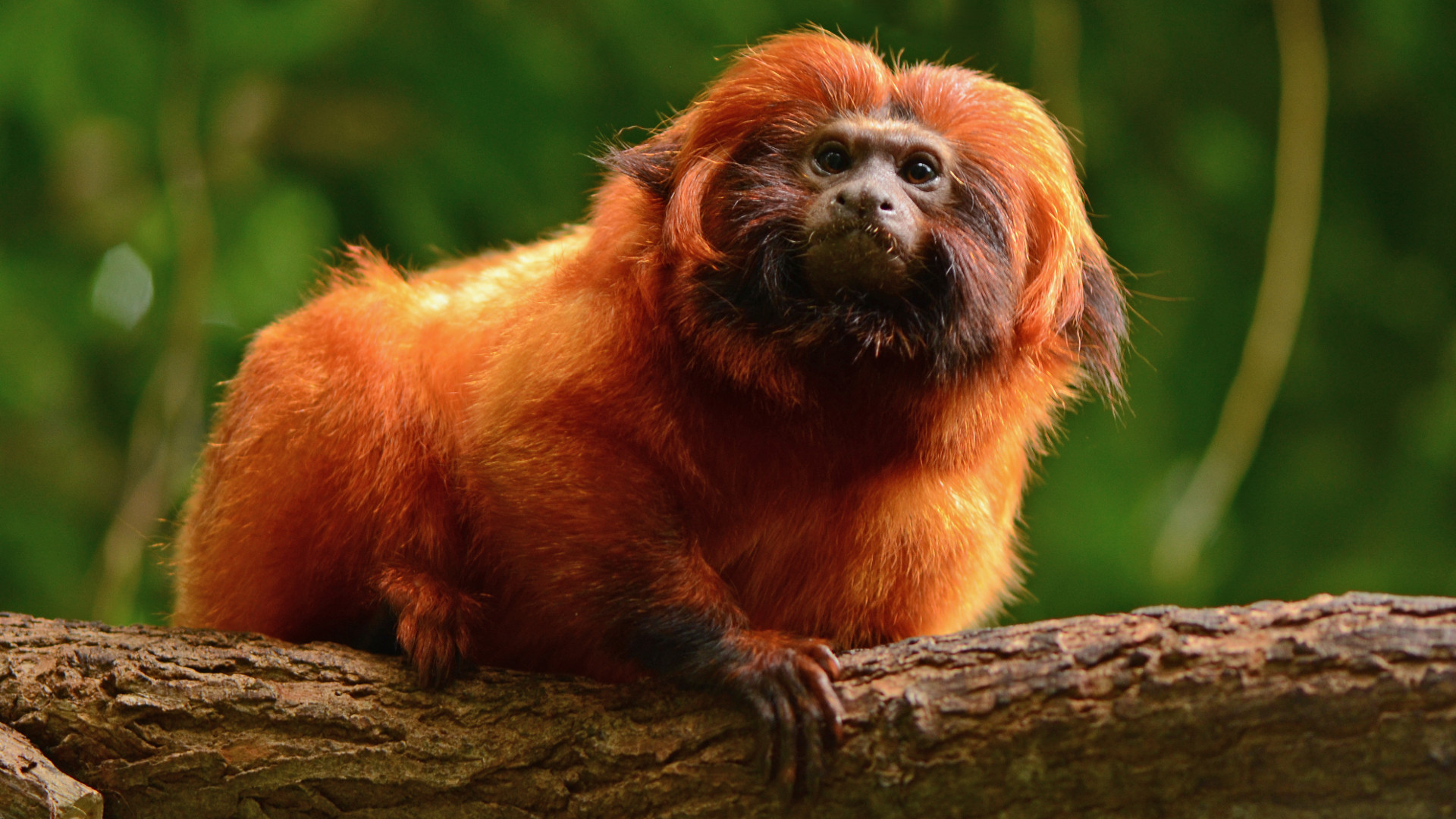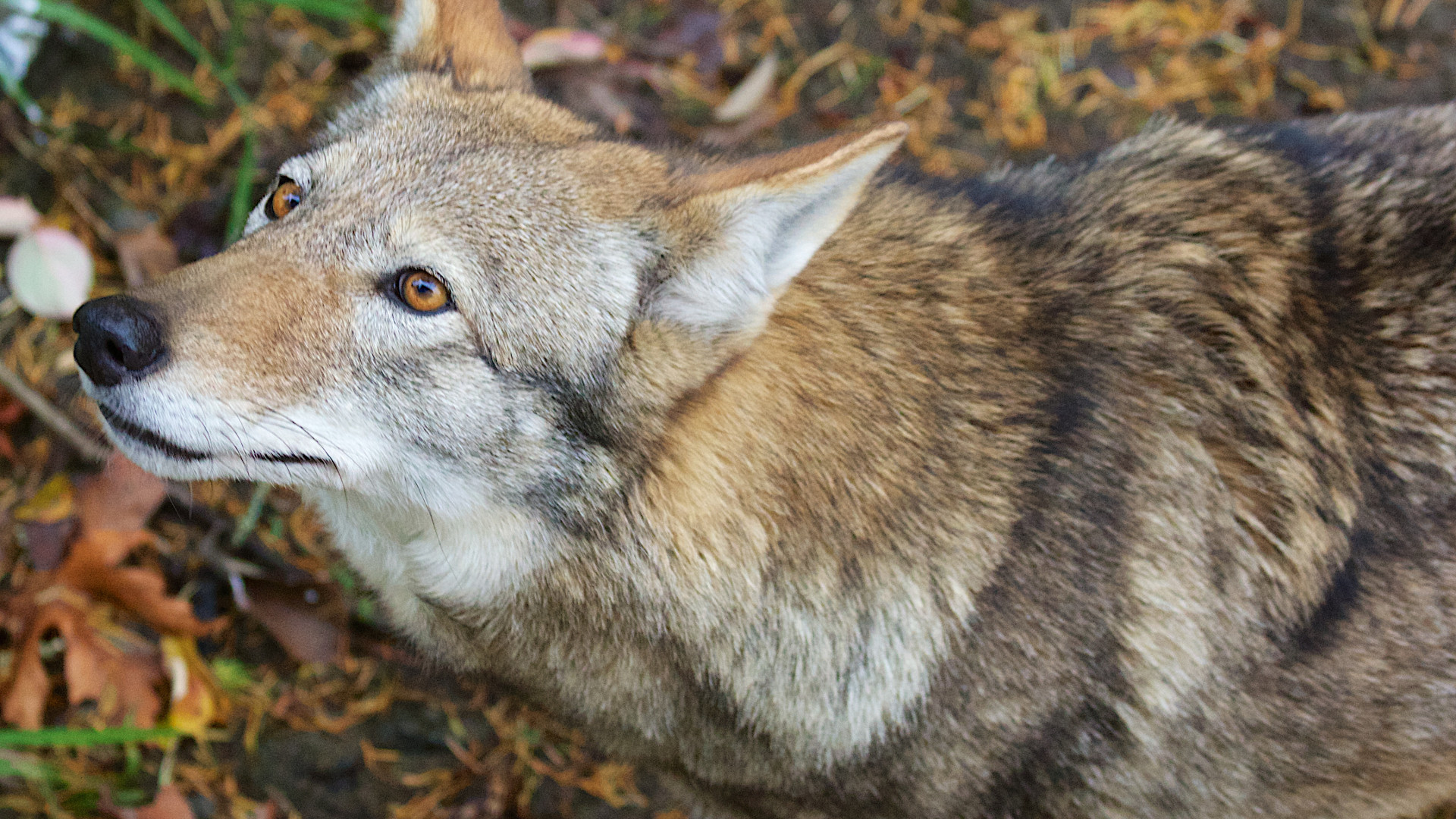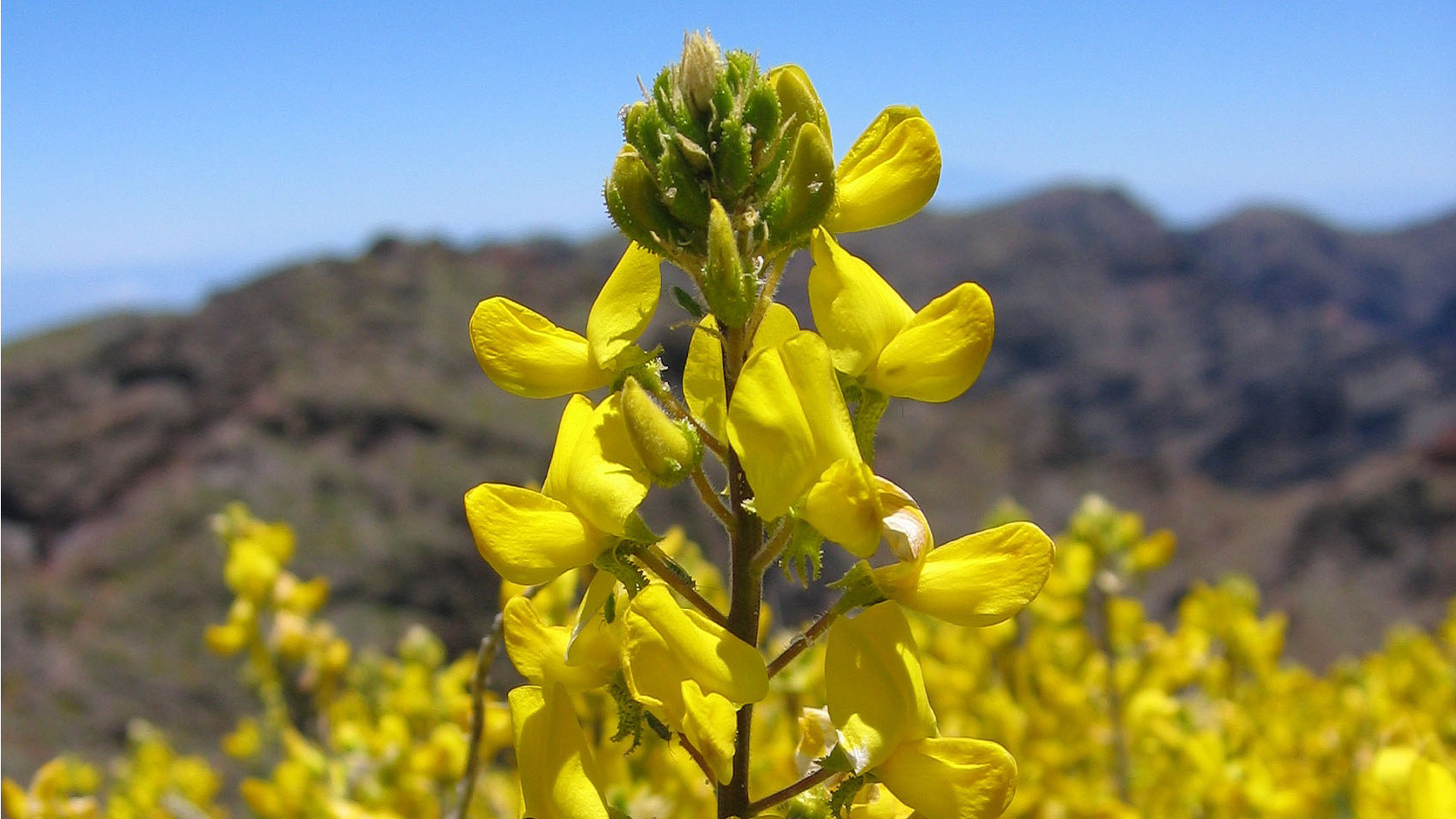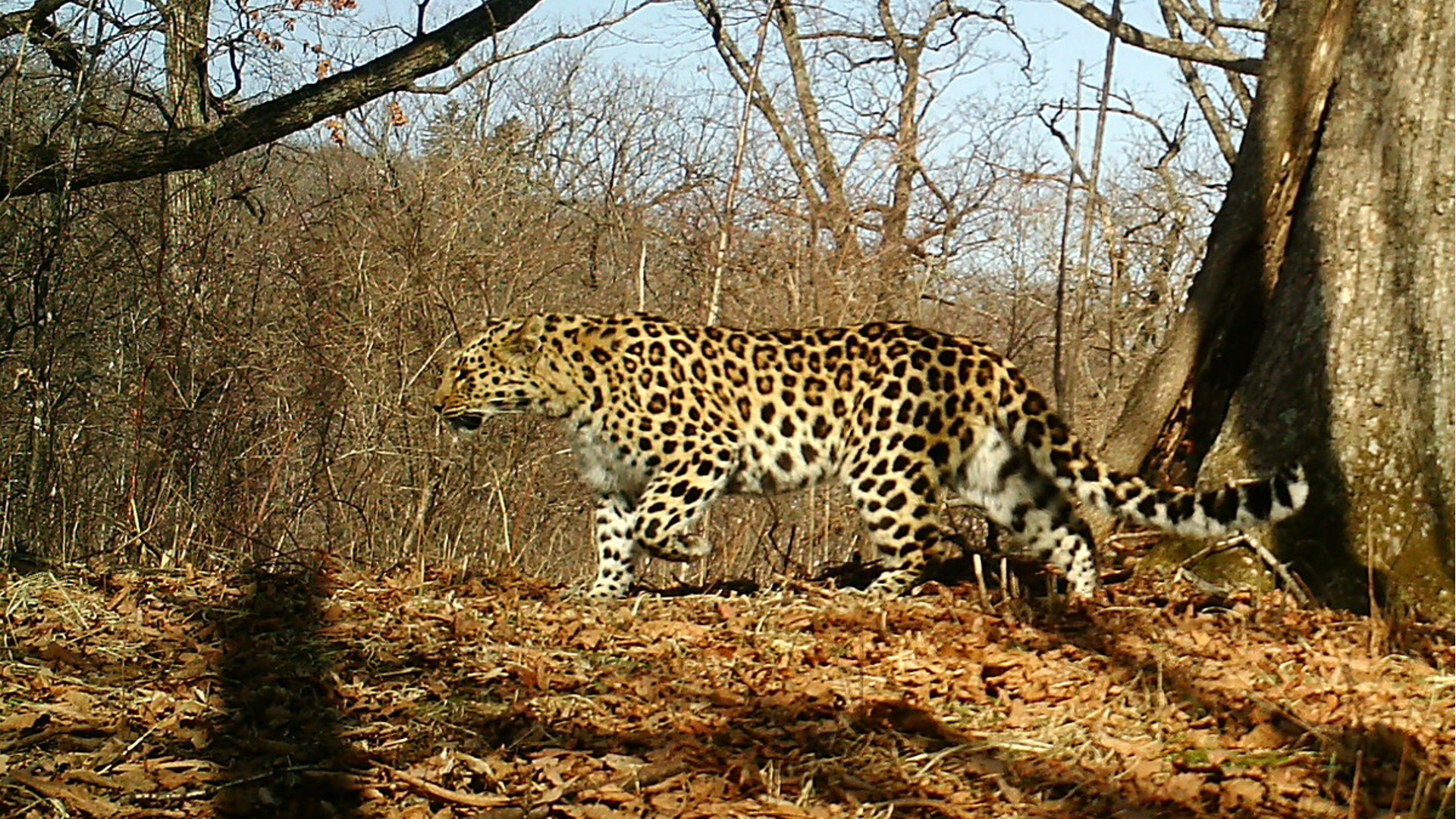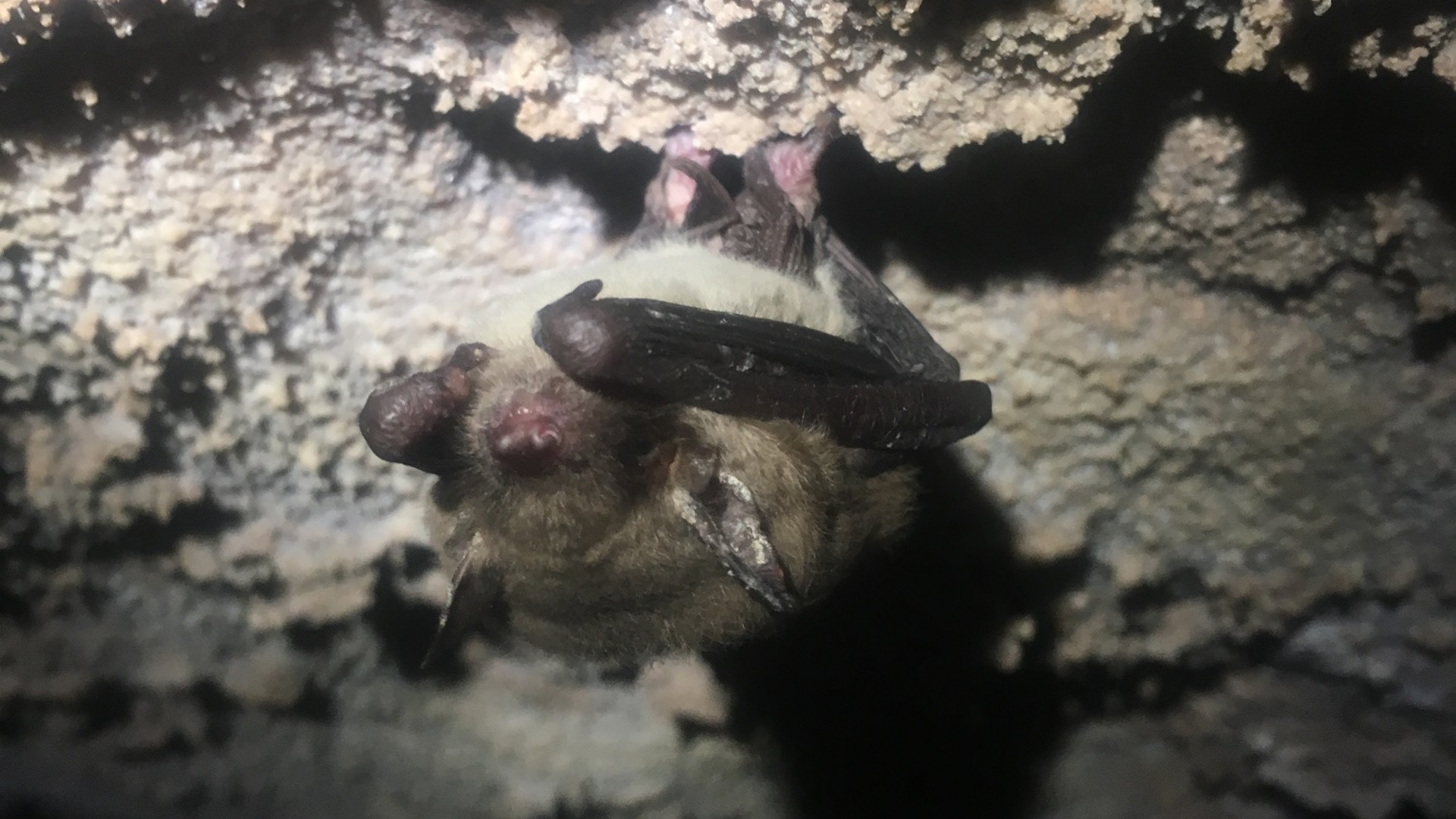
Bat-Killing Fungus Spreads to Two New Species and Two New States
The fungus that causes white-nose syndrome continues its deadly spread west — but a meeting of bat researchers reveals cause for hope.
The fungus that causes white-nose syndrome continues its deadly spread west — but a meeting of bat researchers reveals cause for hope.



